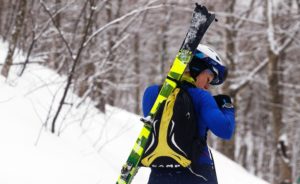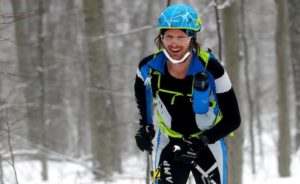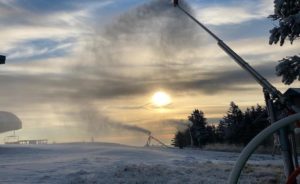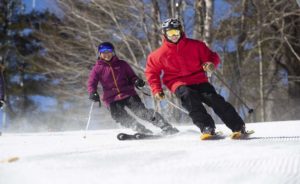
I absolutely love ski films. If I can’t be skiing, give me that vicarious thrill. Not just the Technicolor works of art by Greg Stump, Warren Miller and Teton Gravity Research, which come complete with thumping musical scores, but also the fabulous, black-and-white movies of yesteryear, by film pioneers like Winston Pote, John “Jack” McCrillis and even the great Bradford Washburn.
A true gem of the genre is “Legends of American Skiing” by Vermont’s own Rick Moulton. It’s in these grainy images of skiing’s early days that you’re bound to come across footage of the famed Thunderbolt Ski Run, a daredevil route that stands alone in New England ski lore.
In 1934, at the height of the Great Depression, ski enthusiasts set their sights on 3,491-foot Mount Greylock in northwestern Massachusetts, the tallest peak in the Berkshire Mountains. At the time, nordic skiing and ski jumping were the favorite pastimes of the winter outdoor set. The Thunderbolt Trail would play a key role in changing those perceptions.
“The Thunderbolt is like going back in time,” said Blair Mahar of Savoy, Mass. “I think that is what makes it special to everybody who seeks it out.”





